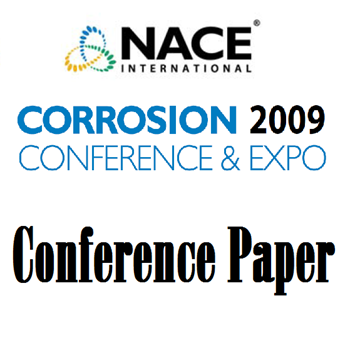Search
09155 Tailor-Made Materials for High Temperature Applications: New Strategies for Radiant Coil Material Development
Also Purchased
09159 Failure Experiences of Ethylene Cracking Tubes
Product Number:
51300-09159-SG
ISBN:
09159 2009 CP
Publication Date:
2009
$20.00
51313-02287-High-Temperature Corrosion Resistance of Spun-Cast Materials for Steam-Cracking Furnaces
Product Number:
51313-02287-SG
ISBN:
02287 2013 CP
Publication Date:
2013
$20.00
09153 Control of Metal Dusting Using Alloy Selection, Coatings and Inhibitors
Product Number:
51300-09153-SG
ISBN:
09153 2009 CP
Publication Date:
2009
$20.00




